Introduction
Every city is a complex structure with numerous elements that influence the lives of its inhabitants. At the same time, as a nation grows and develops, it appropriately changes its living surroundings. Consequently, this mutually dependent relationship between people and their cities has resulted in significant urban changes that have happened throughout the whole world. The development of every city is a unique process because it is shaped by various phenomena, including economic, social, and environmental peculiarities.
That is why it is reasonable to consider what specific trends can be found in different circumstances. To this end, the given paper will analyze the urban design and its changes in Beijing, Boston, and New York. A careful and comprehensive analysis will demonstrate that New York is the most affected by external factors, while Boston is more suitable for living.
Urban Change in Beijing
Beijing is the capital of China, and this mega-city is a home for more than 20 million citizens. The city has a rich history and currently hosts representatives of many minorities. That is why it is a challenging task to present a simple description of the urban forms. As a result, one can find both contemporary skyscrapers, such as China Zun, and traditional Chinese buildings, including the Summer Palace, Wanping Castle, Temple of Heaven, and others. At the same time, one should emphasize that all these buildings, both modern and ancient, have peculiar Chinese features, which means that immigrants and their cultural preferences have not much influenced the city.
It is not a surprise that Beijing has experienced essential urbanization recently. Thus, Yang et al. indicate “a 7-fold increase in the urban footprint of the Beijing urban region” (2). This information means that the volumes of urban land use have become higher to meet the demands of the growing population. The fact that the city grows in breadth represents a threat to the cultural heritage because urbanization makes the ancient city walls, linear space elements of Beijing, disappear. That is why the focus has been shifted from incremental expansion “to internal development, which emphasizes quality optimization” (Dong et al. 14).
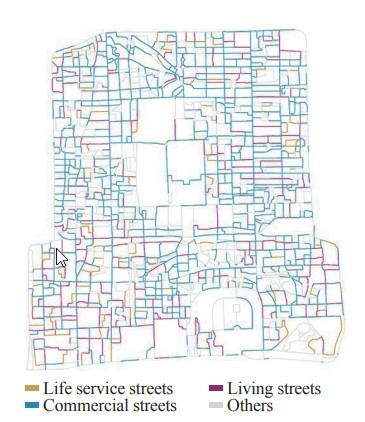
While analyzing the mega-city, one should draw attention to its streets. In Beijing, the streets form a complicated system, and each of them has a specific main. The picture above by Dong et al. demonstrates such a distribution in the Old City of Beijing (19). Even though the information above is said to improve movement within the city, the streets imply severe issues. It refers to the fact that rapid urban development has focused on the dominant role of vehicles. As a result, motorways, bike lines, and sidewalks have witnessed little attention, which has brought some inconveniences for citizens (Dong et al. 22). The Suburbs try to compensate, but it is still necessary to redesign Beijing streets to meet the demands of its citizens.
As has been mentioned, more than 20 million people reside in Beijing, which means that the city should address overcrowding issues. According to Gu et al., the given urban area suffers from the scarcity of city space (par. 1). City officials try to solve the problem with the help of campuses that flexibly interact with adjacent urban areas (Gu et al. par.3). Consequently, this information proves that the issue exists, but some efforts are taken to address it.
Furthermore, it is possible to state that climate change affects urban design significantly. Beijing’s geographical location and developmental peculiarities result in the fact that the city suffers from floods, precipitation, and water pollution. That is why specific steps are taken to address the issues. According to Liu et al., they include upgrading rainwater stations, the Sponge Cite construction, and others (p. 23). In addition to that, Beijing has deep tunnels to remove rainwater from the city.
In conclusion, the information above has demonstrated that the city does not draw much attention to health and equity principles. On the one hand, it is because the streets fail to have a sufficient number of bike lines and sidewalks. As a result, people do not have an opportunity to take exercise, while citizens with vehicles feel their superiority over pedestrians. On the other hand, Beijing citizens are actively exposed to fast-food advertising, which inevitably decreases people’s health.
Urban Change in Boston
Boston is the capital and the most populous city in the state of Massachusetts. Lewis mentions that the city “has a population of approximately 694,583 and an area of 232.14 km2” (35). In Boston, one can find various forms, but the three following types are the most prevalent. According to Lewis, they are low-rise point, mid-rise strip, and high-rise point types (36). A point type means that separate buildings are placed, with a significant distance between them, while a strip form denotes that buildings are located together to create tunnels between them. The pictures below will demonstrate the three types that can be found in Boston (Lewis 38, 40, 42). The images will depict various construction patterns and heights of the buildings.
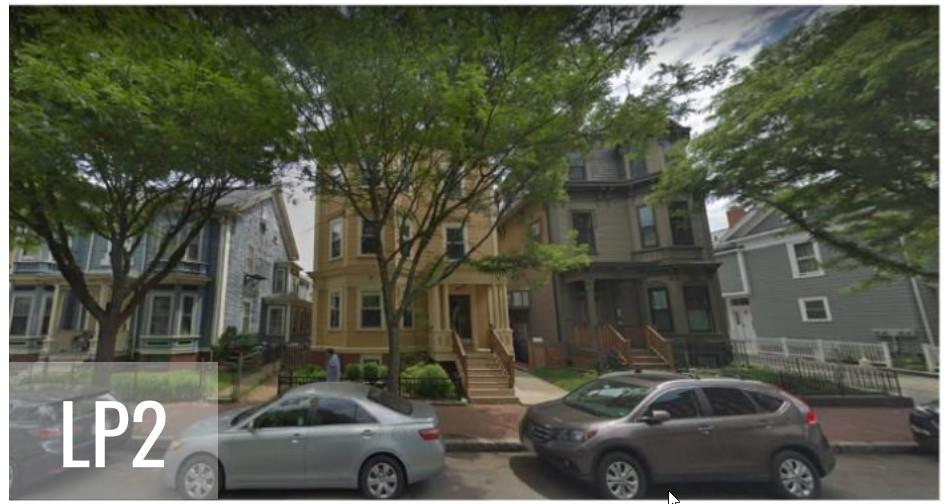
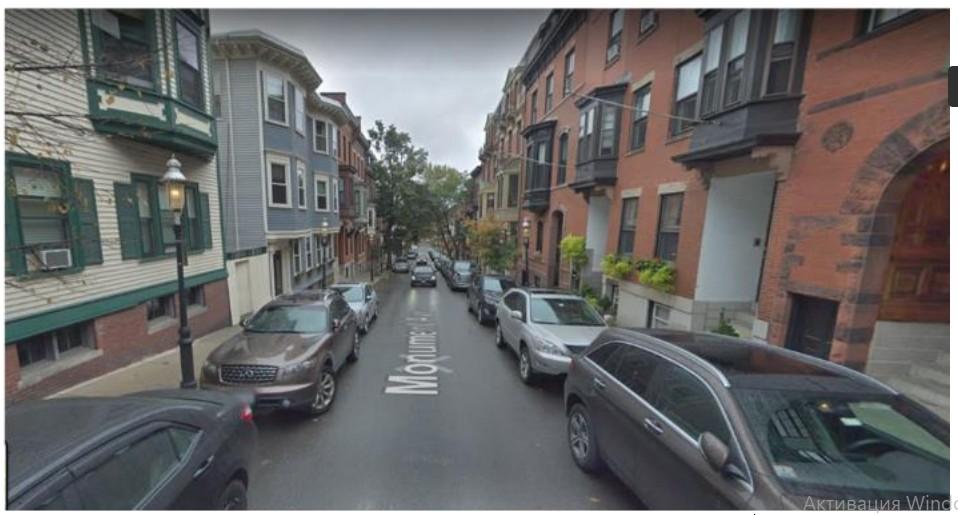
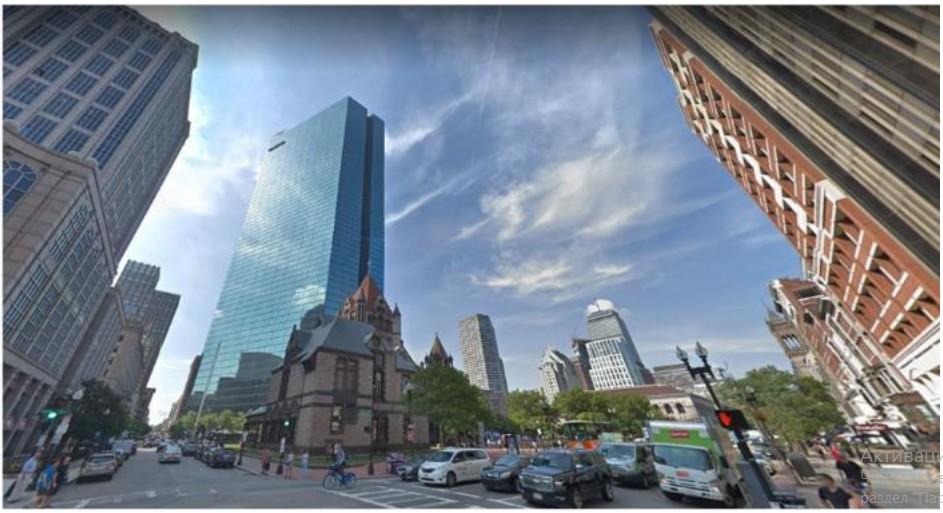
Speaking of Boston’s urbanization, one should draw attention to the phenomenon of urban memory. It is so because urban changes in Boston have been occurring for centuries. In addition to that, they are closely connected with popular infills. For example, it refers to the Back Bay reclamation that made the city grow significantly (Acltelll, par 5). That is why current urbanization trends are not new for city residents. At the same time, it is necessary to mention that the given tendency does not destroy historical and cultural sites. As a result, the modern buildings and skyscrapers depicted in the pictures above exist together with significant sites, including Boston Public Library, Boston Athenaeum, and others.
In addition to that, it is necessary to comment on the city’s streets. The pictures above have shown that they can be both broad and narrow, but they also have some shared features. For example, it relates to the presence of sidewalks and street trees. Furthermore, the picture below will demonstrate that the streets are of regular geometrical shapes and lines, and they form a distinct pattern of the city (Lewis 39).
As a result, Boston is divided into separate blocks, which makes navigating the city easy and convenient for its citizens. As for the street trees, Li et al. also emphasize that these plants make the sky view factor lower (81). This indicator demonstrates how much solar radiation reaches the ground, increasing temperature. Thus, one can say that trees are useful tools to improve the thermal comfort of numerous people in Boston.
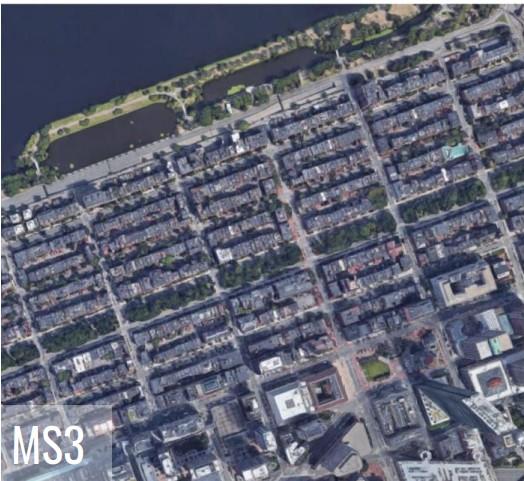
Then, it is reasonable to mention that the geographical location of the city and climate change also influence urban design. Proximity to the open water makes Boston vulnerable to excessive precipitation and sea-level rise. Consequently, the current global warming trends mean that it is necessary to bring some changes to urban design to meet the upcoming challenges. O’Neill explains that Boston officials invest in “developing parks, boulevards, and recreational spaces to absorb rainwater, buffer storm surges, and provide more access to waterfront assets” (par. 4). In addition to addressing environmental hazards, these steps contribute to health and equity, because these design solutions provide all citizens with almost equal access to recreational zones.
Urban Change in New York
New York is the most populous city in the United States of America. In addition to that, it is famous because of a large portion of the urban population. The two facts above make it clear that urbanization has influenced the given city significantly. New York consists of five boroughs, including Bronx, Manhattan, Queens, Brooklyn, and Staten Island. Each of them has unique features when it comes to urban form. For example, the Bronx is a residential area, while Manhattan is full of business centers. In turn, Brooklyn hosts multiple apartments and housing projects, while many of them are slums (De Jesus par. 17). At the same time, the whole city is planned to provide its citizens with access to quality food, open spaces, health service, and others.
New York’s urbanization is a longstanding process that has covered multiple decades. Regular apartment buildings were built along with business centers and amazing skyscrapers. Plunz stipulates that the late 20th century witnessed a luxury housing trend in the city (319). As a result, the Corinthian and 100 United Nations Plaza appeared. That is why one can say that newly emerged buildings outshine those few historical sites that are present in New York.
When it comes to streets, it is necessary to note that they form a distinct grid. Furthermore, a large part of the streets is numbered, which makes navigating the city convenient. Since the roads are wide enough, one can say that the given urban design is useful for citizens (De Jesus par. 7). At the same time, streets and sidewalks are not the only phenomena to form the public realm. In New York, this notion focuses on the convenient movement of people through the city (New York City Planning par. 2). In addition to that, it is necessary to emphasize that street design can influence people’s lifestyles. Thus, De Jesus explains that the citizens who live in more pedestrian-friendly areas with subways and bus stops have a lower body-mass index (par. 27). It indicates that the city has a positive impact on the health of its citizens.
No one can doubt that New York has a large scale because of numerous skyscrapers and free spaces. As a result, an individual has a feeling that they are the smallest and most neglected elements in the world. This effect becomes more visible when thousands of other citizens invade the streets, trying to reach their own targets. Thus, one can say that the economic and social development of the city results in some disadvantages of New York.
In addition to that, the city is also influenced by environmental peculiarities. New York’s geographical location determines that the city is subject to floods and storm surges. That is why it is necessary to bring appropriate changes to urban design to minimize adverse effects. Fainstein explains that parks are developed specifically “to absorb flooding from nearby waterways” (4). In addition to that, building reservoirs to contain floodwater is another possible solution to the problem (Fainstein 6). However, one can state that developing parks created some equity issues. When such structures appear in wealthy neighborhoods, they attract more investment and stimulate further development. In poor areas, however, they do not lead to essential advantages (Fainstein 4). Thus, city planning fails to provide equity to all its citizens.
Analysis of the Cities
Beijing is a mega-city, and this fact significantly determines its perception. Living in this city reveals its advantages and disadvantages in terms of urban planning. On the one hand, some positive phenomena refer to preserving urban memory and overcoming climate change issues. At the same time, one should state that the city addresses the environmental challenges pragmatically without adding some aesthetic to urban design.
On the other hand, urban planning and streets represent the most significant problems in Beijing. According to Gehl, movement space is one of the basic elements of each city, and the streets should provide pedestrians with a linear movement pattern (32). In Beijing, however, there is a challenge because the roads focus on providing sufficient space for motor vehicles, while pedestrians are often neglected. Furthermore, the appropriate image above has shown that Beijing streets form a complicated network, which makes it simple to get lost in the city.
When it comes to Boston, it represents almost the opposite situation. The city has a significantly smaller area and population compared to Beijing, and its streets are broad, bright, and have sufficient sidewalks. Furthermore, they create a grid, which is convenient for city residents and tourists. Various urban forms result in the fact that standard apartment buildings and historical sites surround modern skyscrapers.
Thus, every citizen can find a type that they like. Climate changes are addressed by developing parks and boulevards to absorb water. It means that the city tries to solve the environmental issue and improve urban planning, which positively impacts health and equity. Even though Jackson argues that “human health concerns do not currently drive urban design,” Boston demonstrates that some effort is sufficient to enhance the issues (198). It is possible to say that living in Boston for a day does not reveal any significant challenges concerning urban planning and design.
As for New York, it is one of the most diverse cities in the US, which stipulates that it offers both challenges and advantages to its residents. Among negative factors, overcrowding is the most significant one because it creates some psychological and daily issues for individuals. It can be a complicated task to reach a destination and pass by thousands of other busy citizens without stress. However, the city streets are designed adequately to meet many people and provide them with access to what they need. New York also tries to address climate change issues, which refers to developing parks and specific reservoirs.
At the same time, Fletcher emphasizes that additional effort is necessary, and a concrete riverbed is a useful way to conduct excessive water to the ocean as soon as possible (262). Finally, a high number of modern skyscrapers is one of the most attractive features of the city.
In conclusion, one can say that the cities under analysis are different when it comes to their planning and design. Various phenomena form their advantages and disadvantages, which are stipulated by many factors. Thus, one can say that the New York design is the most affected by economic factors, which manifests itself in multiple modern and hi-tech buildings. At the same time, Boston is the most suitable for living because the city meets the needs of its citizens, has various urban forms, and addresses environmental issues by improving the city’s design and planning.
Works Cited
Acltelll, Tom. “Boston Reclamation: The 5 Most Significant Infills in the City’s History.” Curbed Boston, 2017. Web.
De Jesus, Elanya. “New York City Zoning regarding the Impacts on Urban Form, Economic, Social, and Environmental Conditions.” Waterloo Journal of Environmental Studies, 2019. Web.
Dong, Yang, et al. “’Street Portraits’ of Old City Streets in the New Data Environment: A Case Study on the Old City of Beijing.” China City Planning Review, vol. 27, no. 4, 2018, pp. 14-23.
Fainstein, Susan S. “Resilience and Justice: Planning for New York City.” Urban Geography, vol. 39, no. 8, 2018, pp. 1-8.
Fletcher, David. “Flood Control Freakology: Los Angeles River Watershed.” The Infrastructural City: Networked Ecologies in Los Angeles, edited by Kazys Varnelis, Actar, 2008, pp. 258-275.
Gehl, Jan. Cities for People. Island Press, 2010.
Gu, Yan, et al. “Exploring the Space Use Mechanism of High-Density Campus in Urban Beijing.” Habitat International, vol. 91, 2019. Web.
Jackson, Laura E. “The Relationship of Urban Design to Human Health and Condition.” Landscape and Urban Planning, vol. 64, 2003, pp. 191-200.
Lewis, Gavin. “Resilience through Form: A Case Study of Metro Boston, Exploring the Relationship of Urban Form and Extreme Heat.” 2019. Web.
Li, Xiaojiang, et al. “Quantifying the Shade Provision of Street Trees in Urban Landscape: A Case Study in Boston, USA, Using Google Street View.” Landscape and Urban Planning, vol. 169, 2018, pp. 81-91.
Liu, Jiahong, et al. “Urban Storm Flooding Management in Beijing.” Urban Planning and Water-Related Disaster Management: Strategies for Sustainability, edited by Guangwei Huang and Zhenijang Shen, Springer, 2018, pp. 23-42.
New York City Planning. “Urban Design Principles for Planning New York City.” Web.
O’Neill, Meaghan. “How Urban Planners Are Reacting to Climate Change.” Architecture + Design, 2020. Web.
Plunz, Richard. A History of Housing in New York City. Columbia University Press, 2016.
Yang, Long, et al. “Contrasting Impacts of Urban Forms on the Future Thermal Environment: Example of Beijing Metropolitan Area.” Environmental Research Letters, vol. 11, 2016, pp. 1-10.